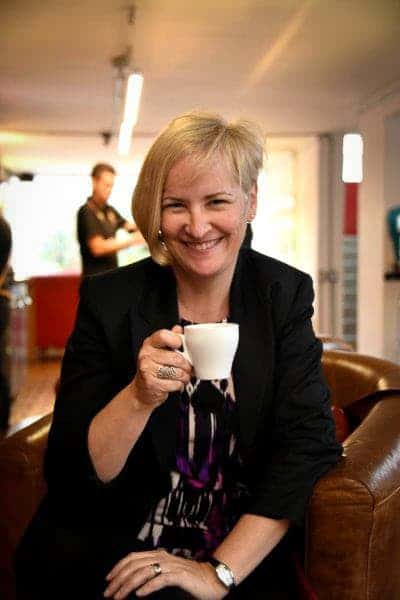What’s The Perfect Temperature For Brewing Coffee?
Get a group of coffee geeks together, and the subject of the best coffee brewing temperature is bound to be a topic of heated debate. Possibly sweeping into a shouting match about the complexity of extraction rates. Yup.. Been there, got the t-shirt.
Now, as a coffee educator, I love the brewing rabbit hole as much as the next enthusiast. But, right here, right now, we’re cutting through the information overload.
If you simply know what water temperature you should use to brew coffee, this is the article for you.
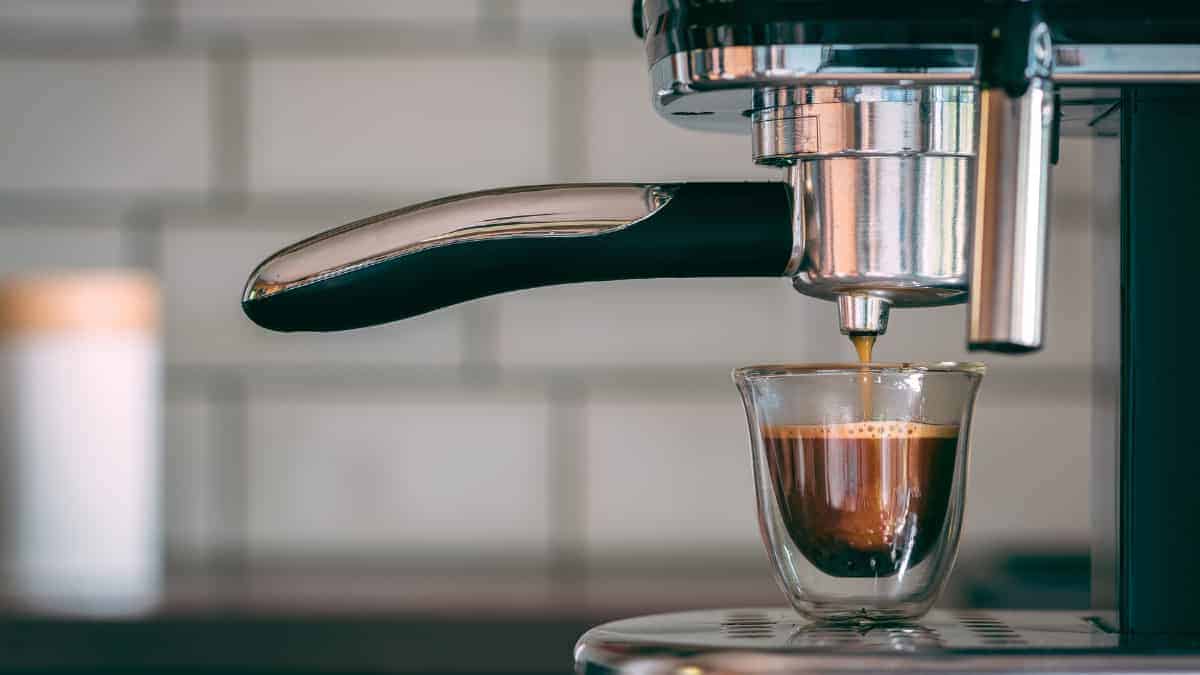
Best Temperature For Brewing Coffee
What’s the ideal temperature for coffee? If you’re looking for a fast answer, you’re in the right place. I am going to give you a number.
But just so you know, after I give you the number, I’ll also tell you why you should not depend on that number. (Sorry).
So, here’s the number: 200 °F. Why do brewing experts consider that number a good starting point?
How is coffee extracted?
Let’s take a quick look at how coffee is extracted.
When your grinds come into contact with water, the solubles in the grounds are pulled out of the beans and into the water. That’s what gives brewed coffee its flavors and other characteristics we love, like sweetness, acidity, and bitterness.
Different compounds are extracted at different times. First, you’ll coax out the acids. Then you’ll pull out sweetness. Finally, you’ll get bitterness.
Water temperature affects how fast you extract those coffee solubles. Assuming that all other variables are the same, hotter water extracts coffee solubles faster.
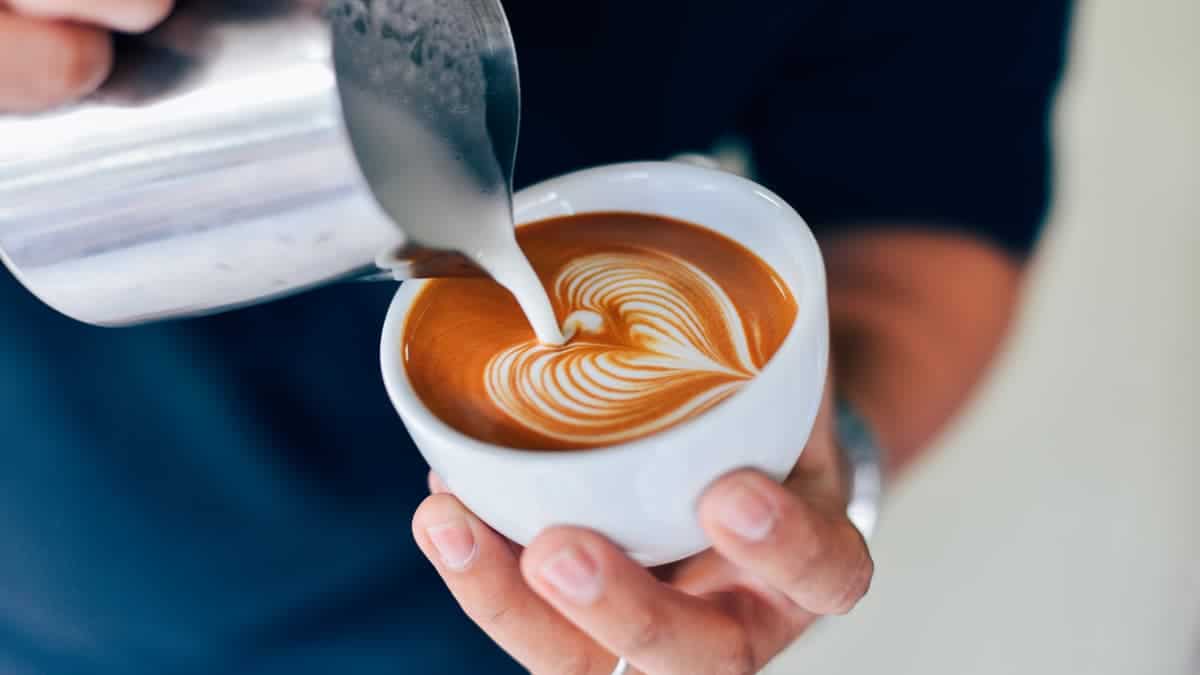
When your water is too cool, the coffee doesn’t extract as fast. You’ll taste that in the cup. Under extracting will lead to coffee tasting flat and lifeless, and perhaps sour.
Does that mean people can’t use cool water to brew coffee? No. Think of cold brew, a popular drink where people don’t heat the water but rely on long brewing times for extraction. If you want to brew coffee in a matter of minutes rather than hours, make sure you heated the water enough to extract those desired solubles.
Going to the other extreme, water that’s too hot overextracts coffee and creates a bitter brew.
Of course, water temperature is not the only factor that extracts solubles from coffee. But it’s the one we’re discussing in this article.
There exists a world of variables related to temperature, and there are more opinions than there are coffee lovers. I won’t burden you with all the variables, but I will mention two that are essential: brewing methods and roast.
Brew Dependencies
Do you want to expand beyond the generic 200 degrees Fahrenheit rule? Then the two most important variables are how the coffee was roasted and the way you’re going to brew it.
When you understand these two variables, you can alter the temperature until you get optimal results. The ideal coffee water temperature range can be as low as 195 °F and as high as 212 °F.
Keep in mind that consistency is the key to success – as you experiment, you want to write down the variables so you can repeat them.
The Roast
People who brew using a light roast need to keep in mind that lighter roast coffee beans have a more complete cell structure than dark roast. That’s because a longer roasting time breaks down the bean’s cell structure.
For that reason, when you brew lighter roasts, you can use near-boiling water to help speed up the release of those flavor compounds.
For medium roasts, you can go ahead with a middle-of-the-road temperature like the 200 °F one I keep mentioning. You can keep trying by increasing the coffee water temperature up to 205 degrees.
The darker the roast, the more porous the coffee beans are. Water penetrates the coffee grinds easier and extracts faster. Obviously, that means it’s easier to over-extract dark roast coffee with overly hot water, which leads to bitterness and the whole yuck factor. An ideal temperature for dark roast coffee beans is under 200 °F.
Coffee Brewing Temperature: Per Method
Now let’s get into brew methods and why you should vary the water temperature. Different brew methods extract coffee in distinct ways and times, so coffee lovers need to consider changing the temperature.
Since an Aeropress uses higher pressure to make coffee, this method can work quite well at water temps that drop below 195 °F.
A pour over coffee maker, such as a V60, doesn’t have the benefit of pressure. You will generally need a higher water temperature to extract the coffee flavors you’re looking for. The same applies to drip coffee.
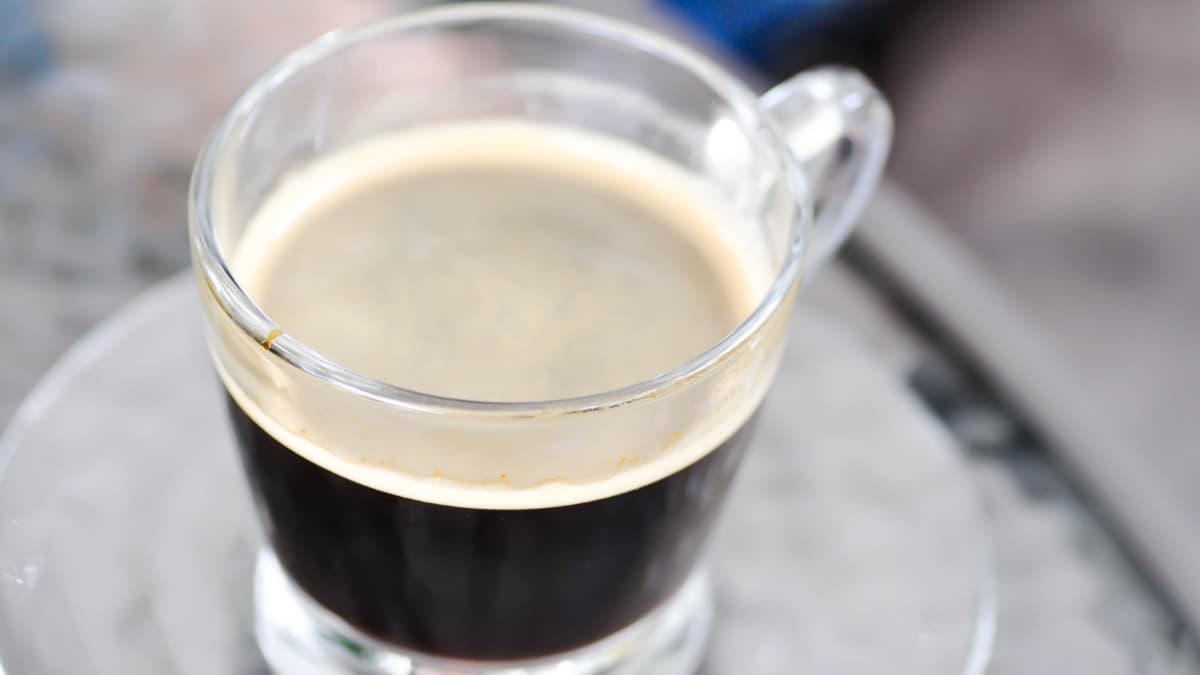
With a V60, you can vary extraction speed by using a slower pour. When you slow down your pour, you extract slower and give the coffee grounds the time to yield up their flavor. You can also increase the bloom time slightly. Use water between 200 and 205 degrees Fahrenheit.
An immersion method like French Press coffee makers needs a longer brewing time. That extended time means you can produce an excellent brew at lower temperatures and avoid any bitter flavor. When you plunge a French Press, the pressure you create on the grounds also aids in extraction. Try starting with water below 200 °F.
On the other hand, there’s cold brew. Cold brew goes by its own rules for one reason: time. Extraction takes place not because of temperature or pressure on the ground coffee. After all, you’re brewing with cold water. To extract those essential solubles, it relies on the passing hours. That’s why making a drinkable cold brew is going to take you between 12-24 hours.
I do want to add a word about high elevation. If you’re in a high elevation city (like where I live in Bogota, Colombia), you’ll notice that water boils at a lower temperature than at sea level. So I often make coffee with boiling water, without waiting for the water temperature to cool off.
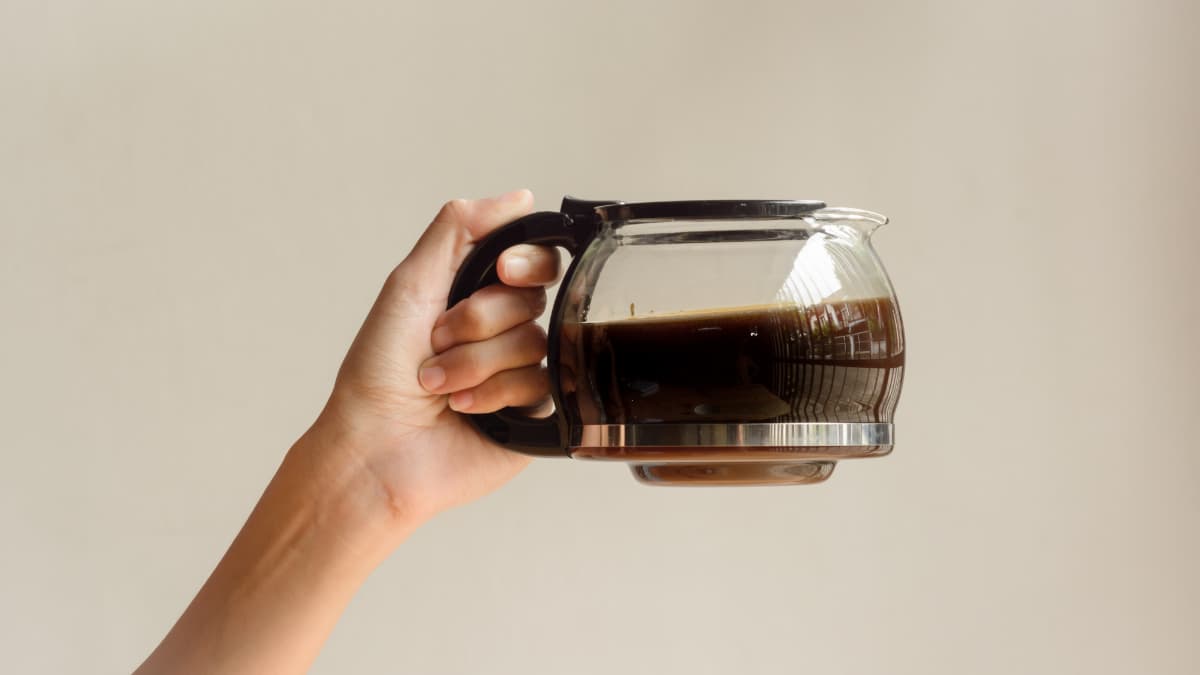
Wrapping Up
What water temperature should you use? Really, the answer depends on many factors. As a general rule, try to keep it between 195-205 degrees Fahrenheit.
Currently, some coffee professionals question the importance of water temperature and say that grind size and brew time can have a greater impact on the results.
Who’s right? You can decide for yourself.
If you’re just starting out in the fascinating world of figuring out the right coffee water temperature, stick to 200 °F. As you decide what tastes you love and how coffee makers and roasts change the results, you can experiment with temperatures.
And remember that the final goal is simply to the best way to brew a coffee you love.
Frequently Asked Questions
Is boiling water too hot for coffee?
Generally, yes. If your brewing water gets to 212 degrees (the boiling point), it will over extract the grinds, and you will wind up with a bitter brew. Unless, as we said, you’re at a high elevation, where water boils at a lower temp.
What temperature should water be for pour over coffee?
Pour over coffee makers do not use pressure to extract coffee. So you will need hotter water to extract the flavor. Many coffee professionals recommend that if your pour over tastes sour, you may not have extracted it enough. Raise the temperature for coffee by a few degrees and try again.
What is the best temperature to brew espresso?
For espressos, keep your water temperature in the 195 to 205 °F range. In that range, you avoid cooler water that could give you a sour shot, and you avoid extremely hot water that would make your shot bitter.

